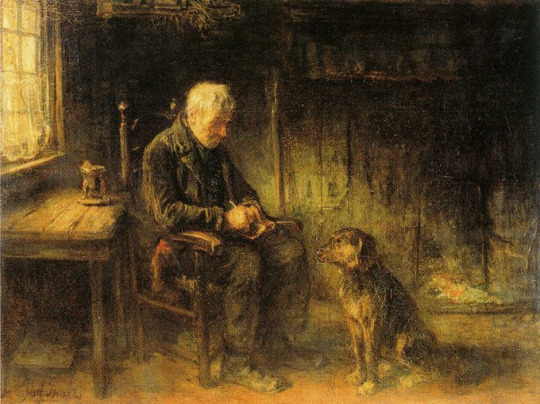#jozef israels
Photo
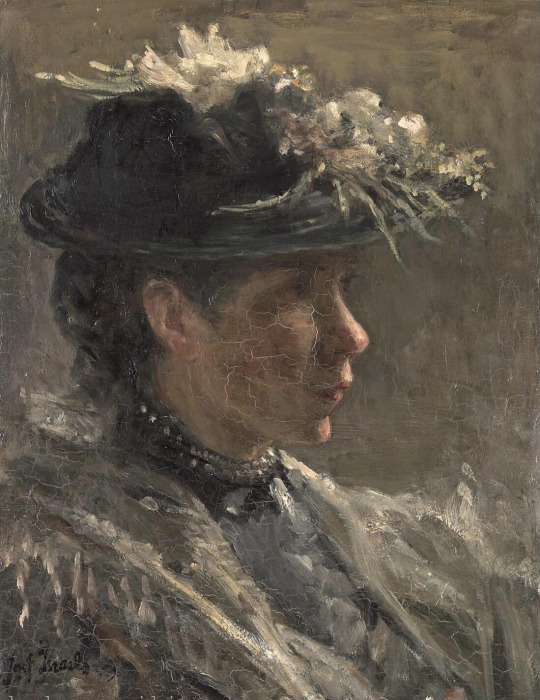
Model study Sijtje van Bemmel - Jozef Israels,1896.
Dutch , 1824-1911
oil on panel, 61 × 46 cm.
100 notes
·
View notes
Text

jozef - graphite | 20 x 12
5 notes
·
View notes
Text

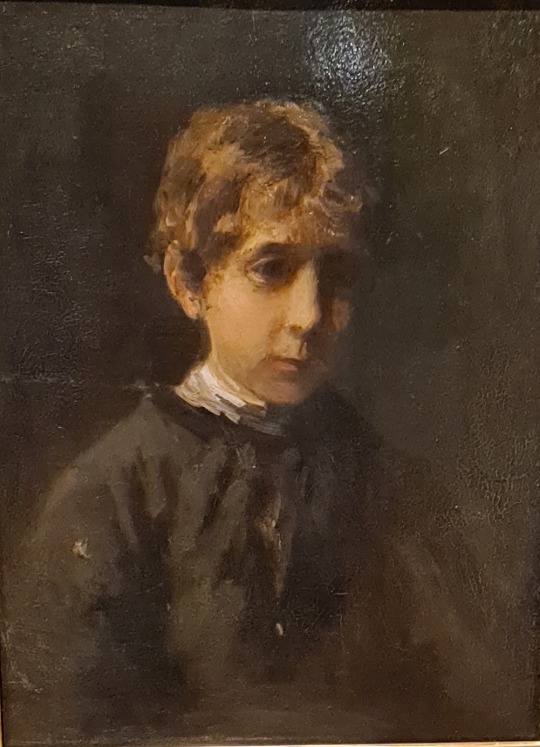

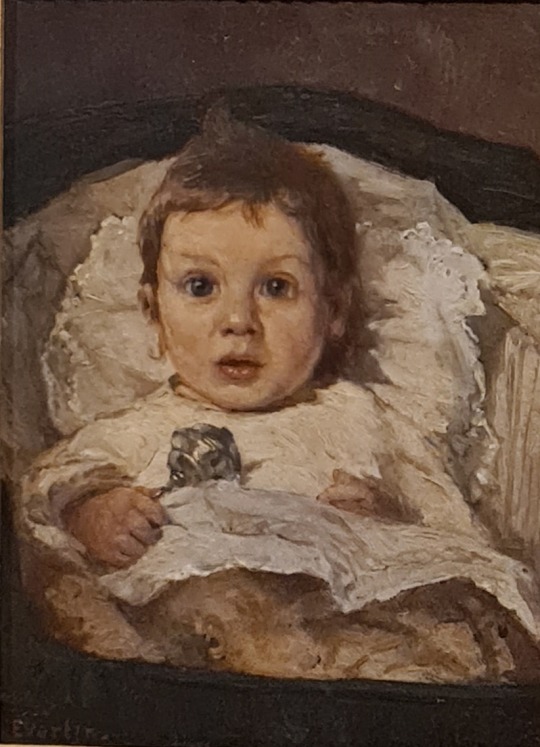



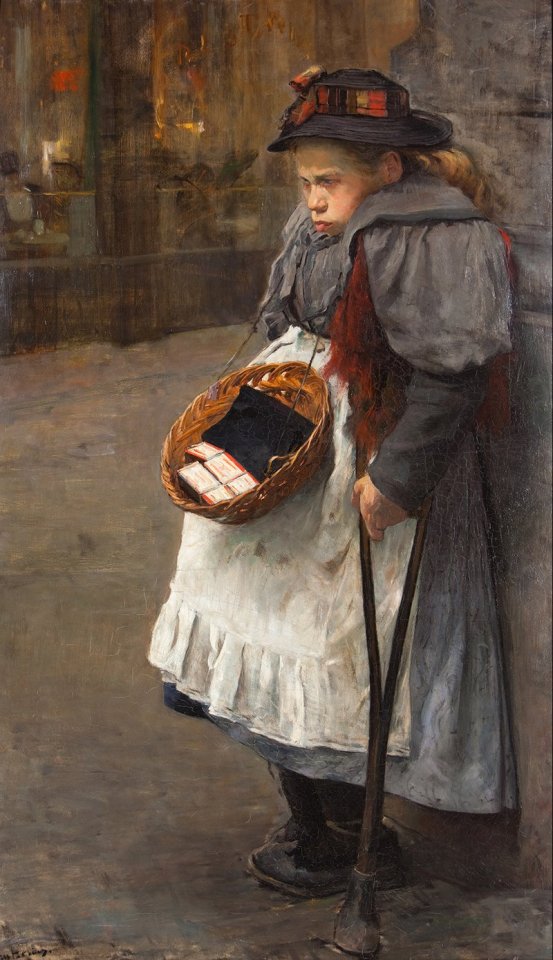
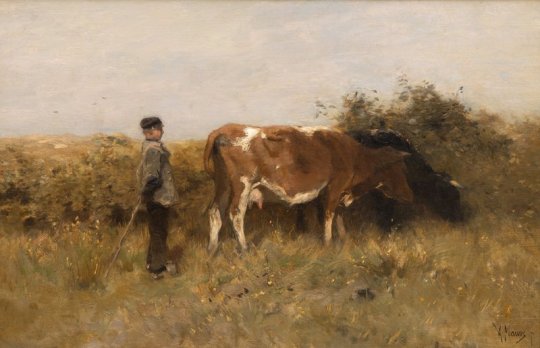


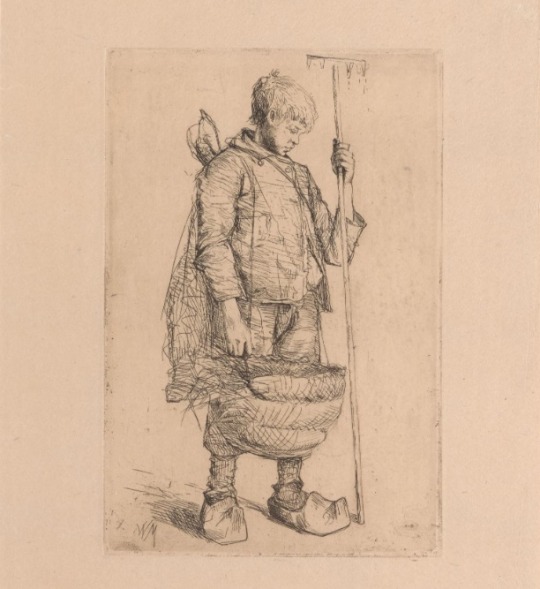
Wat? Portret van Samuel van Houten (ongedateerd) door Barbara Elisabeth van Houten, Portret van de jonge Isaac (ca. 1872) door Jozef Israëls, Ezeltje rijden op het Scheveningse strand (ca. 1900) door Isaac Israëls, Portret van Evertje Akkeringa met rammelaar, half jaar oud (1921) door Johannes Evert Akkeringa, Kinderkopje / Portret van Henriëtte (1872) door Jacob Maris, Liesje schildert (1906) door Floris Arntzenius, Elisabeth Mauve, dochtertje van de kunstenaar (ongedateerd) door Anton Mauve, Het lucifermeisje (1890) door Floris Arntzenius, Jonge herder met koeien (ongedateerd) door Anton Mauve, Op de boot (ongedateerd) door Willem Bastiaan Tholen, Schaftuurtje (1885) door Wally Moes en De voddenraper (ongedateerd) door Wally Moes
Waar? Tentoonstelling Kinderen van de Haagse School in Panorama Mesdag, Den Haag
Wanneer? 14 februari 2024
In 2024 is het anderhalve eeuw geleden dat de Wet Houdende Maatregelen tot het Tegengaan van Overmatigen Arbeid en Verwaarlozing van Kinderen, beter bekend als het Kinderwetje van Van Houten werd aangenomen. Initiatiefnemer Samuel van Houten wilde een totaalverbod op kinderarbeid, maar de Tweede Kamer zwakte dat af. Weliswaar was het verboden om kinderen jonger dan twaalf jaar te laten werken, maar dat gold alleen voor tewerkstelling in fabrieken en voor nachtarbeid. Toch vormde de wet een kantelpunt in de sociale geschiedenis van Nederland.
Voor museum Panorama Mesdag vormt het lustrum van het Kinderwetje aanleiding om te kijken hoe het leven van kinderen er in de periode rond 1874 uitzag. Dat gebeurt door de ogen van Haagse School-schilders, die regelmatig kinderen opvoerden in hun schilderijen. Overigens was Sientje Mesdag-Van Houten, echtgenote van Hendrik Willem Mesdag en een van de kunstenaars die mee schilderden aan het beroemde panorama, de zus van Samuel van Houten.
Kunstenaars schilderden regelmatig hun eigen kinderen. Zo portretteerde Jozef Israëls zijn zeven jaar oude zoon Isaac. Het portret is geschilderd in weinig kleurnuances. Het lijkt of de jongen opdoemt uit de achtergrond. Dat is heel anders dan het werk van de, later ook schilder geworden, Isaac. Dat is juist kleurrijk en licht. Van hem hangt op deze tentoonstelling het werk Ezeltje rijden op het Scheveningse strand.
Johan Evert Akkeringa schilderde zijn zoon Evertje toen die een half jaar oud was. In zijn hand houdt het jongetje een kostbare zilveren rammelaar. Jacob Maris maakte een portret van zijn oudste dochter Henriëtte (3 jaar) met een parelsnoer om haar nek. Liesje Arntzenius was vier jaar oud toen haar vader Floris haar schilderde, met verf kliederend in zijn atelier. Liesje zou later zelf ook kunstenaar worden en vooral portretten en bloemstillevens schilderen. Anton Mauve legde zijn dochtertje Lize vast terwijl ze in de tuin een bloemetje bestudeert. Allemaal liefdevol vastgelegde kinderen, die zo te zien prettig en niet van luxe verstoken leefden.
Hoe anders is dat bij andere kinderen op deze tentoonstelling! Het meest schokkende werk is waarschijnlijk Foris Arntzenius’ Het lucifermeisje. Terwijl ze zich staande houdt met een paar krukken, probeert het meisje door het verkopen van lucifers wat geld te verdienen. Het verbeten gezicht van het meisje is uiterst veelzeggend.
Het weiden van vee werd vaak aan kinderen overgelaten. Mauve schilderde zo’n jonge koeherder. Het joch kan amper over de schoft van het dier heen kijken.
Willem Bastiaan Tholen werkte vaak in de veengebieden rond de Zuiderzee. Waarschijnlijk schilderde hij daar een jongen die zich vasthoudt aan de mast van een kleine schuit, mogelijk een punter waarop riet werd vervoerd. Het zeil wordt summier aangeduid en de achtergrond is leeg. Hierdoor richt alle aandacht zich op de boerenjongen.
Wally Moes is een mij tot nu toe onbekende schilderes. Zij schilderde Schaftuurtje, dat twee jonge mandenvlechters laat zien tijdens hun middagpauze. Hun verstelde kleren en vuile voeten krijgen van de kunstenares alle aandacht. Een merkwaardig detail vormt de sinaasappelschil die op de grond ligt. Een dergelijke luxe vrucht zal zeker geen deel hebben uitgemaakt van de lunch van deze jongens. Eveneens van de hand van Wally Moes is een fraaie ets van een voddenraper. Hij verzamelt oud textiel dat verwerkt zal worden tot papier of poetskatoen. Het vuil druipt van zijn hark.
Wat was de bedoeling van de kunstenaars die dit soort scènes vastlegden? Waarschijnlijk niet, zoals je zou denken, een aanklacht tegen sociale misstanden. Nee, dit soort armoedige taferelen werd ‘mooi’ gevonden. Bovendien verkochten zulke scènes goed en waren dus ook commercieel interessant. Frederik van Eeden schreef in 1888 over de vele schilders in Laren: “Hun schoonheidsgevoel werd het meest bevredigd door de armoedigste huisjes, de meest armelijk gekleede lieden. Ze vonden dat mooi en wezen het elkaar. De Laarder boeren hebben daardoor een eigenaardig beeld van schilders-mooi gekregen. ‘Mooi’- zeggen ze, ‘mooi – dat is vuil.’ En als de schilders komen weten ze het al en zoeken hun vuilste plunje uit.”
#barbara elisabeth van houten#jozef israels#isaac israels#johannes evert akkeringa#jacob maris#floris arntzenius#anton mauve#willem bastiaan tholen#wally moes
0 notes
Text
Shout out to my art teacher (who's retiring rn) for straight-up HATING Van Gogh. Never in my life have I seen an art professional have this much hate for a worldwide adored artist. When I told her I'm related to Jozef Israëls (van gogh's mentor and the man who painted the original "Potato Eaters", which van gogh copied and Christianized) she was THRILLED only bc she hoped that meant I have the same hate for him as her. Ruth, I adore you
94 notes
·
View notes
Text

Witold Lisowski is a true hero. This sprightly 92 year old has lived a remarkable life. As a young Christian man, he saved the life of a Jewish boy, Józef Inwentarz, along with his family, hiding them for several years and eventually giving his own ID card to Józef.
Witold participated in the Warsaw Uprising, served as a colonel in the Polish Army, earned a doctorate, worked as a historian, authored exhibitions and publications on history, and served as the director of the Polish Army Museum from 1984 to 1989.
Today, I visited Witold, as I do with all the Righteous Among the Nations before the holiday season, bringing them food, medical devices, sweets, blankets, hot water bottles, and even a Christmas tree—all that is needed to enjoy their holiday with the love and respect they deserve.
Witold told me, “I’m so worried about what’s happening in Israel. It’s horrendous what you are going through. I’m especially worried for my family.” Surprised, I asked what family he had in Israel. He took out a picture and told me, “I have 30 members of my family in Israel—the family of Jozef, the boy I saved. They are my family, and I worry for them, the soldiers, and the hostages.”
I took off my dog tag; he put it around his neck and told me he’s not going to take it off until they all come home.
Source: @jonnydaniels
humansofjudaism
54 notes
·
View notes
Text
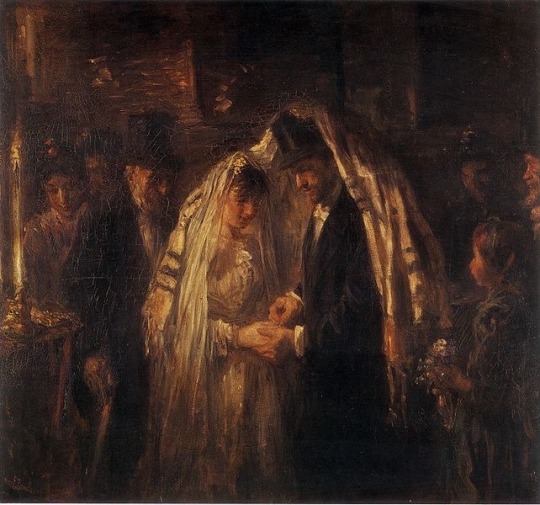
Jewish Wedding By Jozef Israels
12 notes
·
View notes
Text
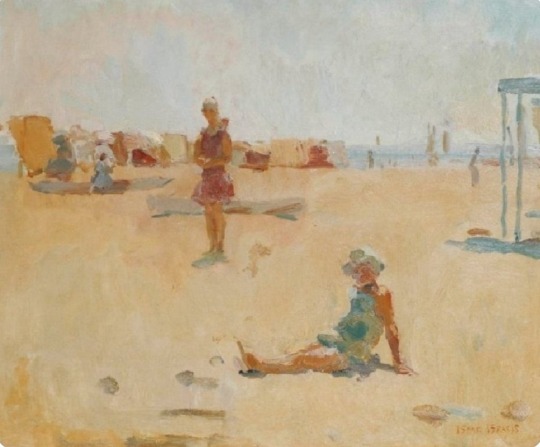
The beach was one of Isaac Israels favourite themes in the 1920s, and Viareggio in Italy, was a great inspiration for him. His impressions of coastal life were inspired by the work of his father Jozef Israels, the Hague School painter, who painted fishermen on the North Sea.
1 note
·
View note
Photo
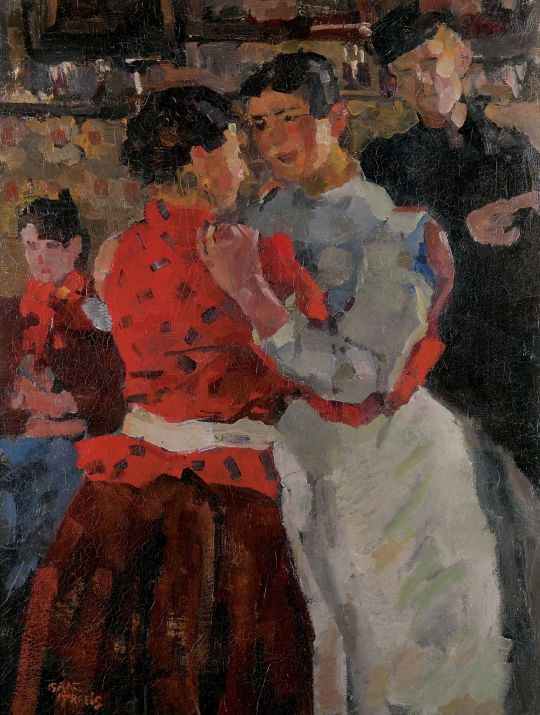
Isaac Israëls, 1865-1934 In the danshouse, Amsterdam oil on canvas 97.5 x 74.5 cm, signed l.l. and painted ca. 1892-1897.
Son of the Hague School artist Jozef Israels, Isaac Israels was a leading figure of the Amsterdam Impressionism movement, renowned for his highly personal, luminous and free brushwork and subjects from his travels to Paris, London, and Indonesia.
At the mere age of thirteen, Israels attended the Royal Academy of Art in The Hague where he befriended Georg Hendrik Breitner. Between 1880 and 1884, Israels and Breitner were both particularly fascinated by military subjects and in 1882 Israels debuted at the Salon with Military Burial. In 1886, the two artists enrolled at the Reijksacademie in Amsterdam but after only a year the pair left the academy and joined the circle of the Tachtigers (or ‘Eighties’ group), a progressive Dutch movement of writers and artists.
Through trips to Paris with his father, Israels had come into contact with the French realist writers Emile Zola and J.K. Huysmans. In 1894, Israels received a permit to take his easel to the streets and paint the urban milieu en plein air. 1900, he was introduced by his childhood friend Thérèse Schwartze to the Amsterdam fashion house Hirsch & Cie, in whose studios he regularly painted.
In 1904, Israels moved to Paris. The parks, cafes, cabarets, and street scenes which Israels studied in Amsterdam continued to be his chosen subject in Paris; however, he also took to painting acrobats and fairgrounds. Israels moved to London in the spring of 1913 but grew increasingly frustrated here as the outbreak of the First World War prevented him from painting out in the streets. He redirected his interests towards boxers and wrestlers. He returned to Holland for the remainder of the war, moving between The Hague, Amsterdam and Scheveningen, where he used to holiday with his father, accompanied by other artists such as Edouard Manet.
After the war, Israels passed much of 1919 in Paris and then spent 1920 in Copenhagen, Stockholm and London. Between 1921 and 1922, Israels and his friend Jan Veth went to Java and Bali after befriending many East Indians during the war. Israels was enraptured by the landscape and people whom he encountered in South East Asia. He sketched the household of the local ruler at Solo, and produced numerous watercolours and oil paintings of Balinese women, Chinese weddings, dancing girls, bands, beggars and children. Upon his return, Israels spent the greater part of 1923 in The Hague where he took over his father’s studio. During this time, his focus returned to theatre-life and portraits. Israels received significant awards for his artistic achievements including a knighthood in 1925 and an Olympic Award for Art three years later.
Sotheby's
16 notes
·
View notes
Text
Neptune Turns Retrograde June 30-December 6
Dreaming.*oil *1860.*signed b.r.: J. Israels Jozef Israëls, Public domain, via Wikimedia Commons
Reve is the French word for Dreams. This is the time for reverie, to revere your dreams to rewrite, re-enchant, recant, rewire, reveal, regulate, require, rest, renew, all of your dreams and work on the unconscious. Neptune moves from 27 degrees 42 minutes Pisces to 24 degrees 53 minutes. Taking us…
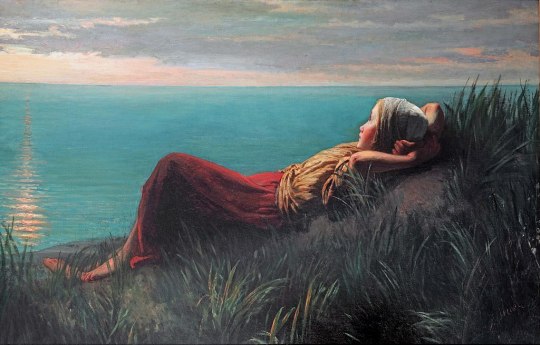
View On WordPress
#Astrology psychic Tarot card reader Tara Greene#Astrology psychic Tarot reader Tara Greene#Canada&039;s 1 Psychic Voted and Certified Psychic#corporate and media psychic cosmic intelligence agency#Dream recall#Fortune teller for parties and events#Neptune Retrograde#Pisces#Psychic energy#Revisit yoru dreams.#sun conjunct Mercury#Tara Greene women&039;s spirituality workshops
0 notes
Text

Título completo: Pescadores cargando a un hombre ahogado
Artista: Jozef Israels
Fechas de artistas: 1824 - 1911
Fecha de realización: probablemente 1861
Medio y soporte: Óleo sobre lienzo
Dimensiones: 129 × 244 cm
Resumen de inscripción: firmado
crédito de adquisición: Presentado por la Sra. Alexander Young por deseo de su esposo, 1910
Numero de inventario: NG2732
Grupos oscuros de figuras se destacan contra la luz del cielo azul pálido y plateado. Una procesión acurrucada viene sobre las dunas azotadas por el viento: dos pescadores llevan el cuerpo del hombre muerto. Delante de todos los demás camina una mujer, presumiblemente la viuda, con sus dos hijos aferrados a ella.
La composición probablemente fue pintada en Amsterdam en 1861, a partir de estudios realizados en Zandvoort, un pueblo de pescadores cerca de Haarlem. Israëls pasó varios meses en Zandvoort, interesándose por las trágicas vidas de los pescadores y sus familias. Ha representado el tema del pescador ahogado con una simpatía sin precedentes y ha utilizado un formato inusualmente grande que tradicionalmente estaba reservado para las pinturas de historia.
El trabajo significó un gran avance en la carrera de Israëls. Impresionó mucho a la crítica cuando apareció en sucesivas exposiciones en París, Amberes y Londres en la década de 1860, estableciendo la reputación del artista en Francia e Inglaterra.
Información e imagen de la web de la National Gallery de Londres.
0 notes
Text
October 22 | Memorial of St. John Paul II, Pope
“Open wide the doors to Christ,” urged John Paul II during the homily at the Mass where he was installed as pope in 1978.
Born in Wadowice, Poland, Karol Jozef Wojtyla had lost his mother, father, and older brother before his 21st birthday. Karol’s promising academic career at Krakow’s Jagiellonian University was cut short by the outbreak of World War II. While working in a quarry and a chemical factory, he enrolled in an “underground” seminary in Kraków. Ordained in 1946, he was immediately sent to Rome where he earned a doctorate in theology.
Back in Poland, a short assignment as assistant pastor in a rural parish preceded his very fruitful chaplaincy for university students. Soon Fr. Wojtyla earned a doctorate in philosophy and began teaching that subject at Poland’s University of Lublin.
Communist officials allowed Wojtyla to be appointed auxiliary bishop of Kraków in 1958, considering him a relatively harmless intellectual. They could not have been more wrong!
Bishop Wojtyla attended all four sessions of Vatican II and contributed especially to its Pastoral Constitution on the Church in the Modern World. Appointed as archbishop of Kraków in 1964, he was named a cardinal three years later.
Elected pope in October 1978, he took the name of his short-lived, immediate predecessor. Pope John Paul II was the first non-Italian pope in 455 years. In time, he made pastoral visits to 124 countries, including several with small Christian populations.
John Paul II promoted ecumenical and interfaith initiatives, especially the 1986 Day of Prayer for World Peace in Assisi. He visited Rome’s main synagogue and the Western Wall in Jerusalem; he also established diplomatic relations between the Holy See and Israel. He improved Catholic-Muslim relations, and in 2001 visited a mosque in Damascus, Syria.
The Great Jubilee of the Year 2000, a key event in John Paul’s ministry, was marked by special celebrations in Rome and elsewhere for Catholics and other Christians. Relations with the Orthodox Churches improved considerably during his papacy.
“Christ is the center of the universe and of human history” was the opening line of John Paul II’s 1979 encyclical, Redeemer of the Human Race. In 1995, he described himself to the United Nations General Assembly as “a witness to hope.”
His 1979 visit to Poland encouraged the growth of the Solidarity movement there and the collapse of communism in central and eastern Europe 10 years later. John Paul II began World Youth Day and traveled to several countries for those celebrations. He very much wanted to visit China and the Soviet Union, but the governments in those countries prevented that.
One of the most well-remembered photos of John Paul II’s pontificate was his one-on-one conversation in 1983, with Mehmet Ali Agca, who had attempted to assassinate him two years earlier.
In his 27 years of papal ministry, John Paul II wrote 14 encyclicals and five books, canonized 482 saints and beatified 1,338 people. In the last years of his life, he suffered from Parkinson’s disease and was forced to cut back on some of his activities.
Pope Benedict XVI beatified John Paul II in 2011, and Pope Francis canonized him in 2014.
Source: https://www.franciscanmedia.org/saint-of-the-day/saint-john-paul-ii
Photo and caption by: Simon Tanjutco
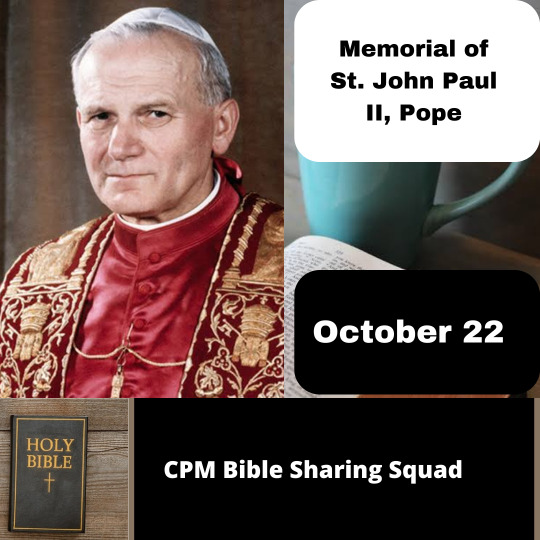
0 notes
Text
[Free eBooks] 10 Free Books from Amazon Imprints [World Literature, Multiple Genres, Kids]
To celebrate international World Book Day, Amazon are offering 10 free Kindle ebooks from their assorted exclusive publishing imprints, through Wednesday, April 27th, and is available in all the regional Amazon stores worldwide. The selection showcases world literature from assorted countries, and includes multiple genres, fiction and non-, from personal and travel memoirs to literary, fantasy, historical, romantic and mystery fiction, and even a children's picture book.
Here is their dedicated “Discover World Book Day” promo page which provides the links to all the freebies on the main Amazon.com site and a filtered search for the regional sites. NB: some countries' selections might be slightly different due to geographic restrictions, but here are the ones offered free in North America & the UK
The Puma Years by Laura Coleman, a travel memoir to the Amazon jungle in Bolivia
The Ardent Swarm by Yamen Nagai translated by Lara Vergnaud, a literary fiction novel from Tunisia
North to Paradise by Ousman Umar translated by Kevin Gerry Dunn, a memoir relating the harrowing experiences of an immigrant boyhood which took him from Ghana to Barcelona
Where the Desert Meets the Sea by Werner Sonne, an historical fiction novel from Israel
An Eye For an Eye by Carol Wyer, a police procedural serial killer thriller from England
The Other Man by Farhad J. Dadyburjor, a romantic comedy from India
The Easy Life in Kamusari by Shion Miura, translated by Juliet Winters Carpenter, a contemporary coming of age literary novel from Japan
Mother Dear by Nova Lee Maier translated by Jozef van der Voort, a thriller novel from the Netherlands
To the Sky Kingdom by Tang Qi translated by Poppy Toland, an epic fantasy novel from China
The Caiman by María Eugenia Manrique illustrated by Ramón París and translated by Amy Brill, a children's picture book about the friendship between a man and the baby alligator he adopts, from Venezuela
Offered free worldwide through Wednesday, April 27th until midnight local time in each region, available directly from Amazon. NB: also, just as a warning, Amazon seems to have recently and stealthily changed their Kindle ebook gifting options, so that the recipient can no longer easily exchange a duplicate or unwanted title for store credit, and the sender can no longer get a refund after a short time limit, and their new gift link redemption page tries to trick you into auto-adding rather than contacting Customer Service. So, caveat emptor if you buy or receive any, which personally I wouldn't do from now on while this issue lasts.
#free ebook#world literature#literary fiction#memoir#mystery#historical fiction#fantasy#romantic comedy#children's literature#travel
0 notes
Photo

A Fishergirl on a Dune-Top Overlooking the Sea, Jozef Israëls, circa 1900
Oil on panel
39.5 x 50.5 cm (15.55 x 19.88 in.)
Museo Nacional Thyssen-Bornemisza, Madrid, Spain
#art#painting#jozef israels#impressionism#20th century#1900s#oil#museo nacional thyssen bornemisza#dutch#hague school#jewish#100 notes
129 notes
·
View notes
Photo

Jozef Israëls (1824-1911, Dutch) ~ Dreams (Dolce far niente), n/d
[Source: Sotheby’s]
13 notes
·
View notes
Text
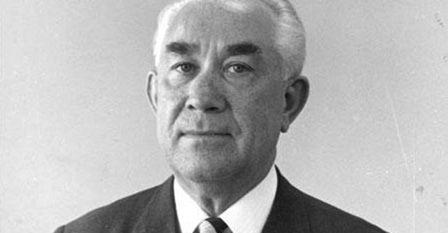
Unlikely Savior: Jozef Marchwinski
Trained Jews To Fight.
A hero’s tale: In the summer of 1942, Germans murdered the last Jews living in the towns of Nieswiez and Mir, Poland. A handful escaped with nothing but the shirts on their back, but with Germans controlling the area, and their homes quickly occupied by their Jew-hating neighbors, the displaced Jews had nowhere to go. Homeless and friendless, they roamed the fields and forests outside of town, equally afraid of Germans, local police and the anti-Semitic partisans active in the area. Many Poles who resisted the Germans ironically shared their opponents’ hatred for Jews, and they banned Polish Jews from their resistance movement.
Finally the desperate Jews found an unlikely savior. Jozef Marchwinski was a partisan company commander who invited the Jews – urged them – to join his group. Many of the partisans in Jozef’s company fiercely opposed including Polish Jews but he ignored their protests and started training the Jews for battle. When the Jews were bullied, Jozef stopped the abuse quickly. He was accused of being a “Jew-lover” but he ignored the threats and insults, and kept the Jews now under his command safe, even while resisting the Germans.
Rumors began to swirl that Jozef himself was secretly Jewish. He wasn’t, but his wife may have been (the evidence is unclear.) At any rate he was dismissed from the partisan group he’d commanded and joined a group of Jewish resistance fighters led by Tuvya Bielski (played by Daniel Craig in the movie Defiance.) He was such an effective leader and fighter that he left Bielski’s group to join a larger company of Jewish partisans where he was promoted to the rank of deputy brigade commander. Jozef spent the rest of the war hiding in the forest with the Jewish partisans, emerging to wage guerrilla warfare on the German occupiers.
After the war, shockingly, Polish authorities continued to persecute the few Jews who remained in Poland. In 1946, Polish police and militia members started a pogrom against the Jews of Kielce. Just as the Germans did, they rounded up the Jews and encouraged townspeople to brutally attack them. Forty-two Jews were killed, including a newborn baby and a pregnant woman. Forty more were injured. Jozef spoke out against the violence and started to become a leader of a postwar human rights movement to protect the Jews of Poland. However Polish authorities hounded and persecuted him for his activism, and finally he was forced to leave Poland and move to Denmark, where he spent the rest of his life.
In 1968, Jozef Marchwinski was honored as Righteous Among the Nations by Israeli Holocaust Memorial Yad Vashem. The Jewish fighters under his command invited him to Israel, and he visited in 1970, receiving a hero’s welcome.
For fighting Germans alongside his Jewish countrymen, we honor Jozef Marchwinski as this week’s Thursday Hero.
48 notes
·
View notes
